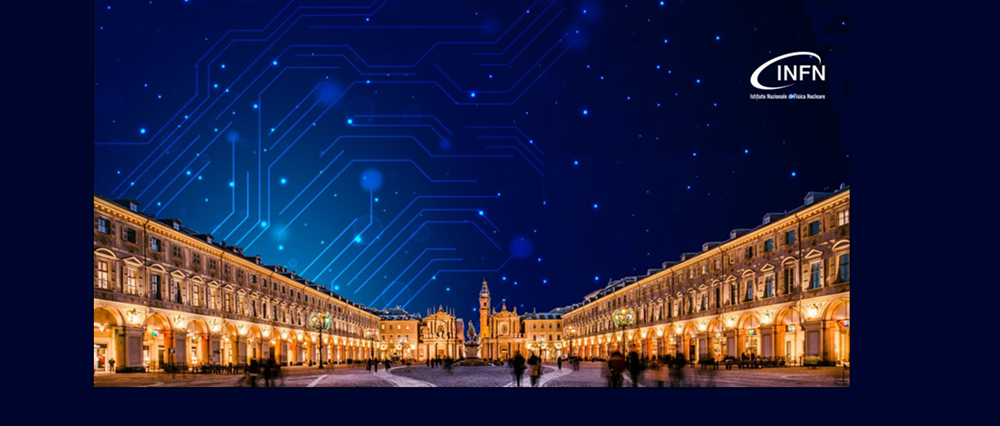Speaker
Description
In recent years, lunar and Martian exploration have become more attractive to industries, with the prospect of a full-fledged lunar economy. Artemis and Mars sample return flagship missions are among the most significant, and the roadmap aims to define and design all the infrastructure needed for manned missions. To make this a reality, there is a strong need for robotic equipment (drills, rovers, manipulators) that will be required for in-situ resource utilization (ISRU) and to help humans survive. This spread of robotics involves several technological challenges related to hostile environments such as radiation and thermal conditions. In particular, the thermal range for Martian or lunar missions is roughly from -130°C to 120°C, with a number of cycles depending on the mission but typically ranging from 100 to 500. This will require robotic equipment to have dedicated thermal control systems to remain compatible with the electronics' nominal ranges. However, this is not always possible, as the thermal controls of various robotic systems may consequently demand excessive power budgets, which are not always compatible with the mission profile. Therefore, there is an area of research exploring the possibility of working with robotics and electronics that are compatible with such extreme temperature ranges. This work will present the methodology and results of Leonardo's expertise in this area, which may be valuable for the emerging lunar economy.

